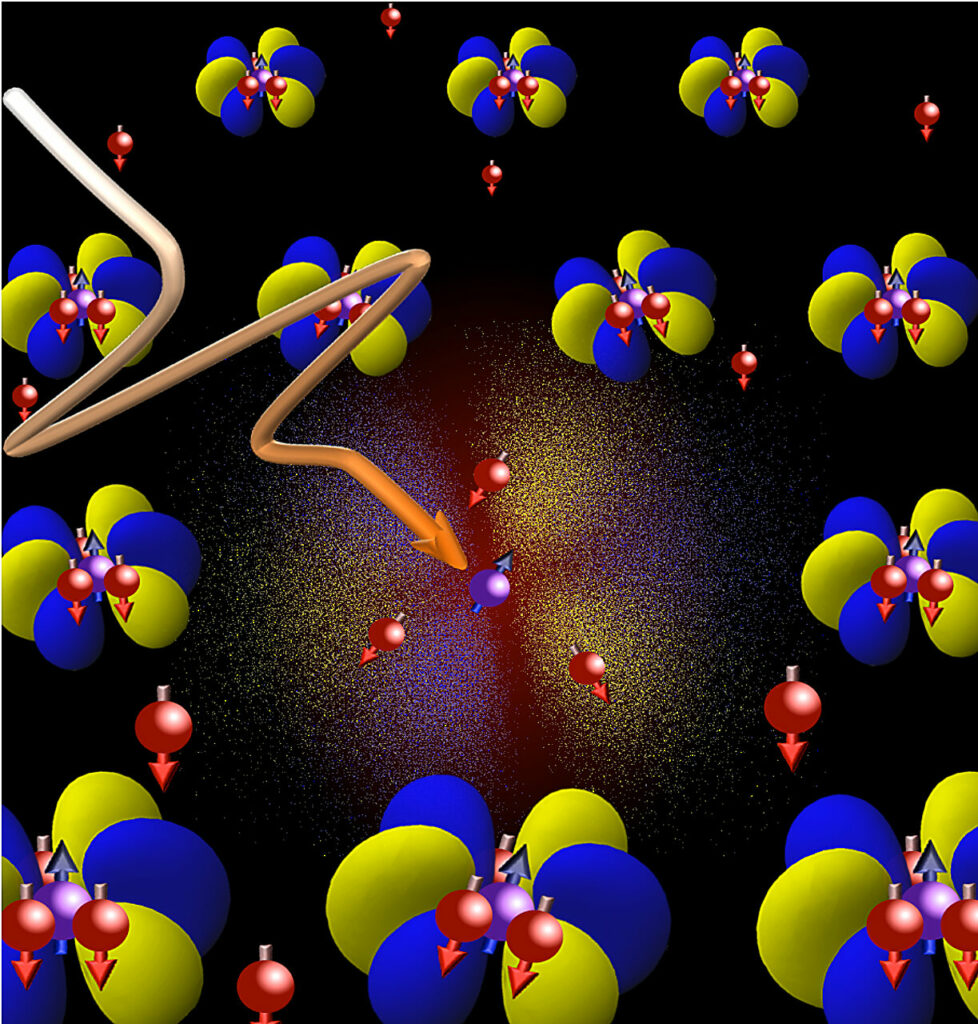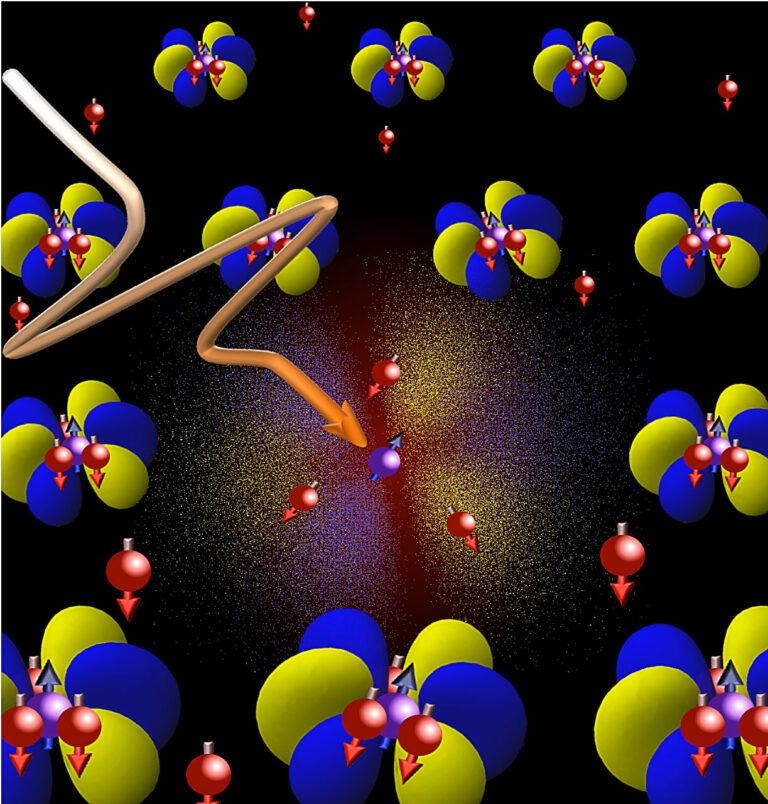As Electrons Gradually Disappear While Cooling, Scientists Witness a Phenomenon Exclusive to the Quantum Realm.
Numerous materials undergo changes in their characteristics upon cooling below a specific critical temperature, a phenomenon commonly associated with phase transitions. For instance, the freezing of water exemplifies such a transition. However, certain metals exhibit phase transitions that diverge from macroscopic norms, owing to the distinct principles of quantum mechanics governing the minuscule constituents of nature.
These exotic phase transitions challenge the conventional concept of electrons as carriers of quantized electric charge. Researchers from the University of Bonn and ETH Zurich have recently developed a method to directly validate this proposition, offering fresh insights into the extraordinary realm of quantum physics. Their findings have been published in the journal Nature Physics. When water is cooled below zero degrees Celsius, it undergoes a phase transition and solidifies into ice, manifesting abrupt alterations in its properties.
This transformation, termed a phase transition in physics, is a well-known example. However, there are also gradual phase transitions in which distinctive attributes of a substance transform progressively. For instance, heating an iron magnet to 760 degrees Celsius leads to a gradual loss of its attraction to other metal pieces, transitioning from ferromagnetic to paramagnetic. This gradual shift occurs as the iron atoms, behaving like miniature magnets, progressively fluctuate around their original alignment. Even during the heating process, the material can exhibit characteristics of both ferromagnetism and paramagnetism.

Matter particles cannot be destroyed
The phase transition unfolds gradually, with the iron progressively becoming entirely paramagnetic. Throughout this process, the transition decelerates, a characteristic feature of all continuous phase transitions.
Professor Dr. Hans Kroha from the Bethe Center for Theoretical Physics at the University of Bonn terms this phenomenon “critical slowing down,” attributing it to the diminishing energetic gap between the two phases in continuous transitions. An analogy to a ball on a ramp illustrates this behavior: as the ball rolls downhill, the smaller the difference in altitude, the slower it moves.
Similarly, as iron is heated, the energy disparity between the phases diminishes, especially as magnetization progressively fades during the transition. This deceleration is typical for phase transitions involving the excitation of bosons, particles responsible for generating interactions such as magnetism. Despite this, matter consists of fermions, not bosons—electrons, for instance, belong to the fermions.
Fermions, according to fundamental laws of nature, cannot be annihilated and, consequently, are not typically involved in phase transitions. However, in certain exotic quantum materials, electrons can exist in a superposition state, forming quasiparticles that combine features of both immobility and mobility simultaneously—a unique aspect achievable in the quantum realm. Unlike “normal” electrons, these quasiparticles can be obliterated during a phase transition, revealing the characteristics of continuous phase transitions, particularly critical slowing down.
Until now, this effect was observable only indirectly in experiments. Led by theoretical physicist Hans Kroha and Manfred Fiebig’s experimental group at ETH Zurich, researchers have developed a new method that directly identifies the collapse of quasiparticles during a phase transition, notably the associated critical slowing down. “This has allowed us to demonstrate directly, for the first time, that such a slowdown can also occur in fermions,” notes Kroha, who is also affiliated with the Transdisciplinary Research Area “Matter” at the University of Bonn and the Cluster of Excellence “Matter and Light for Quantum Computing” of the German Research Foundation.
These findings contribute to a deeper comprehension of phase transitions in the quantum realm, with potential applications in quantum information technology in the long term.
This article is republished from PhysORG under a Creative Commons license. Read the original article.
Do not forget to share your opinion with us to provide you with the best posts !




0 Comments